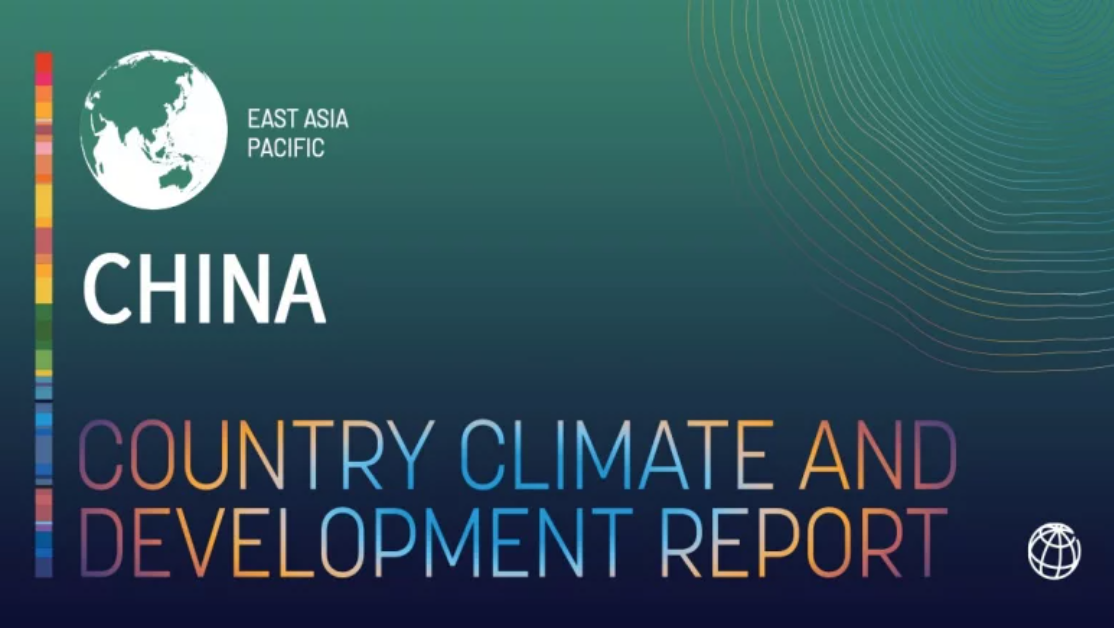
The China Country Climate and Development Report (CCDR) provides analysis and recommendations on integrating the country’s efforts to achieve high-quality development with the pursuit of emission reduction and climate resilience. Without adequate mitigation and adaptation efforts, climate risks will become a growing constraint to China’s long-term growth and prosperity, threatening to reverse development gains. Conversely, if efforts to tackle climate risks lead to a significant decline in growth and rising inequality, they would deprive millions of people of development and likely erode support for the reforms necessary to achieve a lasting economic transformation. Hence, China will need to grow and green its economy at the same time. This report offers policy options to achieve these dual objectives by easing inevitable trade-offs and maximizing potential synergies between China’s development and climate objectives.
China’s development and climate change are deeply and increasingly intertwined. The country is both a contributor to rising global greenhouse gas (GHG) emissions and is severely affected by its adverse impacts. Alongside other larger emitters, China’s contribution to reducing global climate risks is therefore crucial. Reducing greenhouse gas emissions in its relatively carbon-intensive industrial economy will not be easy, posing transition risks but also opening new opportunities for development. The CCDR is firmly anchored in China’s own development and climate aspirations.
Climate change poses a significant threat to China’s long-term growth and prosperity. Rising sea levels and risks related to coastal flooding, storm surges, and coastal erosion threaten China’s densely populated low-elevation coastal cities, which account for a fifth of China’s population and a third of its gross domestic product (GDP). Meanwhile, interior provinces in northern and western China are exposed to more frequent and extreme heat waves and droughts which intensify water security risks and impact agriculture—a major source of income, especially among China’s rural poor.
The transition to carbon neutral and resilient development will create transition risks. While addressing climate risks is imperative to securing long term development, achieving China’s climate and development goals will be uniquely challenging: it will require decoupling economic growth and emissions at a faster pace and at a lower income level than in advanced economies. This will entail fundamental structural changes of the economy: China’s energy, industrial and transport systems, its cities, and land use patterns will have to undergo dramatic transformations.
Yet, China is also well positioned to turn climate action into an economic opportunity. Like previous transformations on the scale envisaged, the decarbonization transition to reduced carbon intensity and climate adaptation in China, and the rest of the world will unlock new sources of economic growth, innovation, and job creation, with the added benefit of lowering China’s reliance on imported fuels and enhancing its energy security.
Balancing China’s development and climate objectives will require broader structural and market reforms to complement climate action. The specific policy options presented in this report can be structured around six interconnected policy packages:
1. Accelerate the power sector transition with market reforms and investments in renewables
2. Decarbonize key energy demand sectors—industry and transport
3. Enhance climate resilience and low-carbon development in rural landscapes and urban areas
4. Harness markets to drive cost-effective economy-wide abatement and innovation
5. Manage transition risks to ensure a just transition
6. Foster global climate action